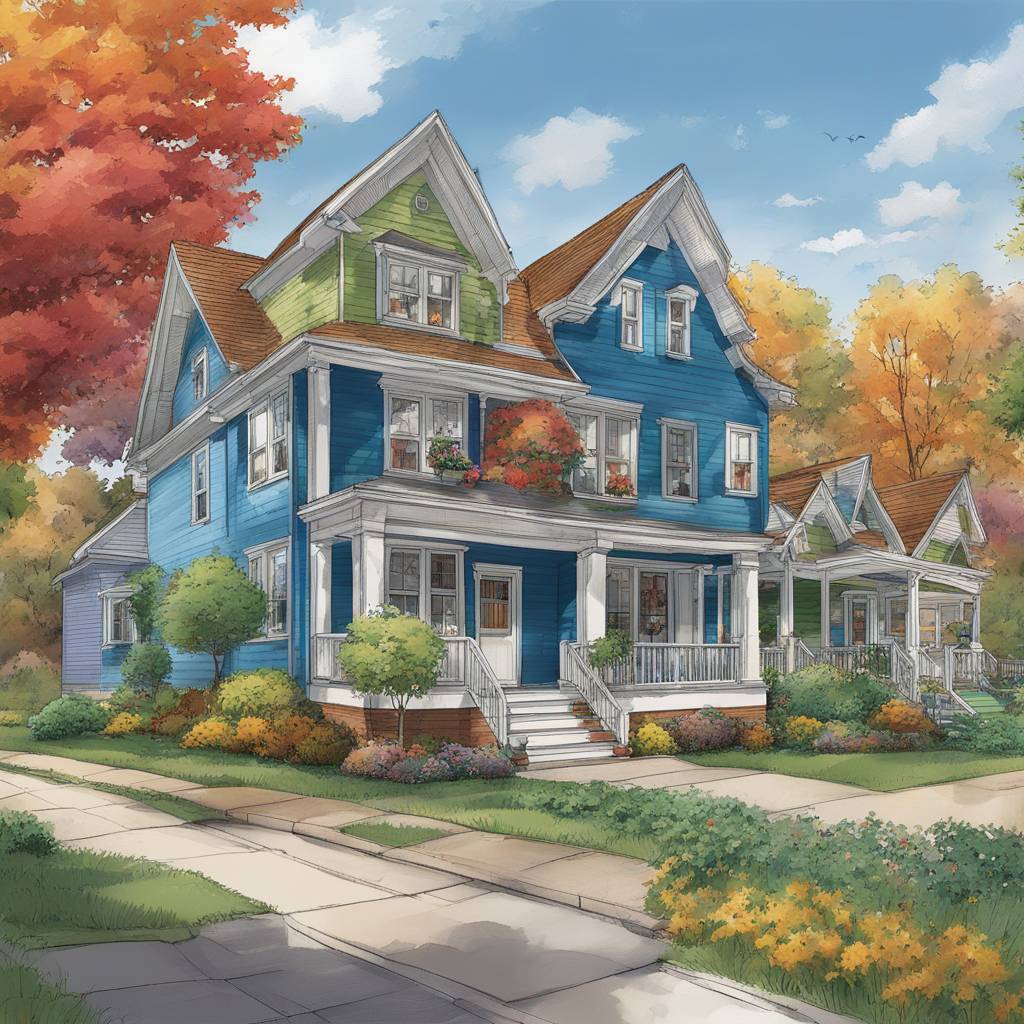In the United States, the cost of buying an affordable home has significantly increased since 2020. Bankrate.com’s analysis reveals that in 22 states and Washington, DC, a six-figure household income is required to comfortably afford a median-priced home. This is a substantial jump from January 2020 when only six states and DC required a six-figure income. The main contributing factor to the decrease in affordability is the faster pace of home price appreciation compared to wage growth, leading to a supply and demand imbalance.
The definition of affordability can vary depending on individual financial circumstances, including income, savings, debt, and other property ownership. Bankrate’s analysis focused solely on mortgage payments, assuming a 20% down payment and a 30-year fixed-rate mortgage with payments not exceeding 28% of annual gross income. This analysis did not include closing costs, home maintenance expenses, or non-housing costs. The national median home price is $402,343, requiring an annual income of $110,841 to afford a median-priced home.
Geographically, the West Coast and Northeast require the highest household incomes to afford a typical home, with California, Hawaii, DC, Massachusetts, and Washington State topping the list. In contrast, states in the South and Midwest have lower income requirements for purchasing a median-priced home. Income needs have increased significantly compared to 2020 in states like Montana, Utah, Tennessee, South Carolina, and Arizona, while the affordability of homes in the Rust Belt and Midwest has remained relatively stable.
Factors contributing to the erosion of affordability include the limited housing supply, lower homebuilding rates, and the reluctance of existing homeowners to sell due to higher mortgage rates and housing prices. The influx of new buyers in key regions has led to intensified competition and higher prices, making it harder for buyers to afford homes. While national and state averages provide a broad overview of housing affordability trends, real estate values are heavily influenced by specific neighborhoods and locations.
Ultimately, the changing landscape of housing affordability highlights the challenges faced by prospective homebuyers in a competitive market. The need for a six-figure income to afford a median-priced home in many states underscores the widening gap between housing costs and incomes. As buying a home becomes increasingly unattainable for many Americans, it is crucial for policymakers, developers, and lenders to work towards solutions that promote greater affordability and accessibility in the housing market.













